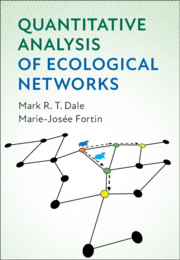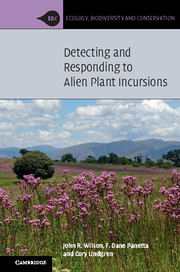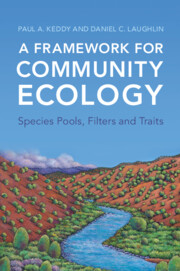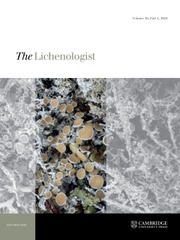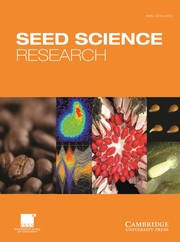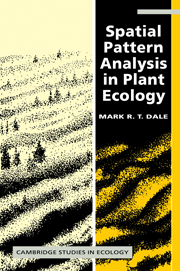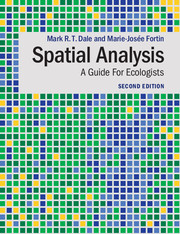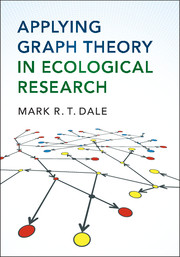Quantitative Analysis of Ecological Networks
Network thinking and network analysis are rapidly expanding features of ecological research. Network analysis of ecological systems include representations and modelling of the interactions in an ecosystem, in which species or factors are joined by pairwise connections. This book provides an overview of ecological network analysis including generating processes, the relationship between structure and dynamic function, and statistics and models for these networks. Starting with a general introduction to the composition of networks and their characteristics, it includes details on such topics as measures of network complexity, applications of spectral graph theory, how best to include indirect species interactions, and multilayer, multiplex and multilevel networks. Graduate students and researchers who want to develop and understand ecological networks in their research will find this volume inspiring and helpful. Detailed guidance to those already working in network ecology but looking for advice is also included.
- Provides a background on networks and a guide to quantitative measures of important properties of ecological networks.
- Includes a summary and guide to multilayer, multiplex, multilevel (and other 'multi-') networks and their applications in ecology.
- Contains many simple figures to add clarity and describes a broad range of ecological examples.
Reviews & endorsements
'Recommended.' M. P. Gustafson, Choice Magazine
'The foundations of the analysis of ecological graphs are provided in an almost encyclopedic format by two experts in graph theory. Their presentation emphasizes definitions, simple line graph illustrations, quantitative formulations, and references necessary for employing graph-theory concepts to analyze ecological communities … The comprehensive review of graph-theoretic analysis by the authors is an invaluable reference for those who wish to focus on how the topology of ecosystems provides clues concerning system structure and function.' Robert E. Ulanowicz, The Quarterly Review of Biology
Product details
April 2021Paperback
9781108740715
300 pages
244 × 170 × 12 mm
0.5kg
Available
Table of Contents
- Preface
- 1. Ecological Processes and Network Systems
- 2. Structural Properties of Networks
- 3. Quantitative Analysis of Dynamic Networks
- 4. Multi-layer, -type, and -level Networks
- 5. Tying it all together: Summary and Synthesis.

